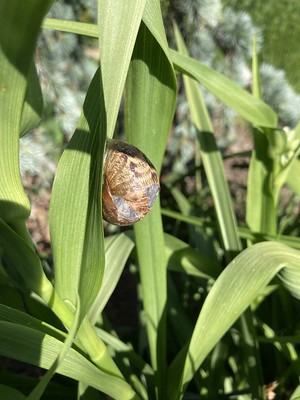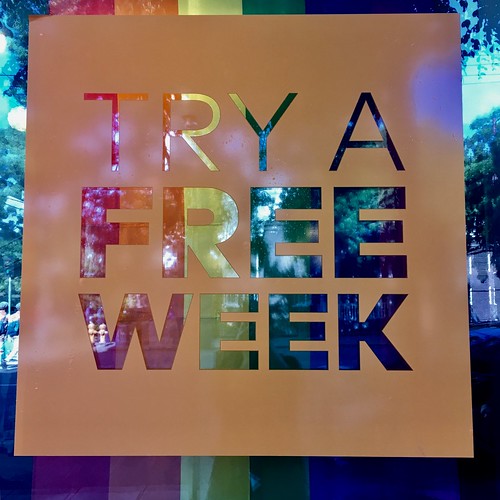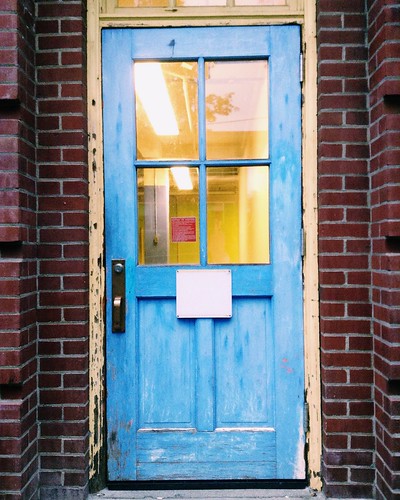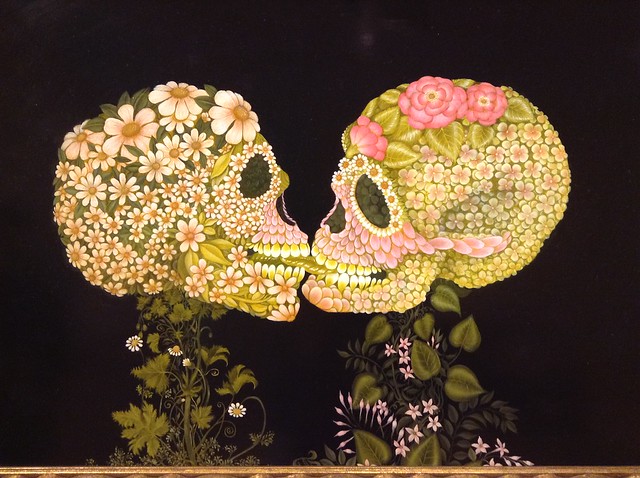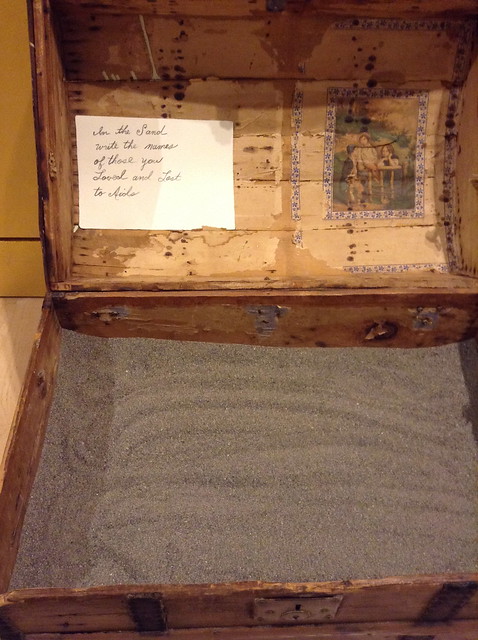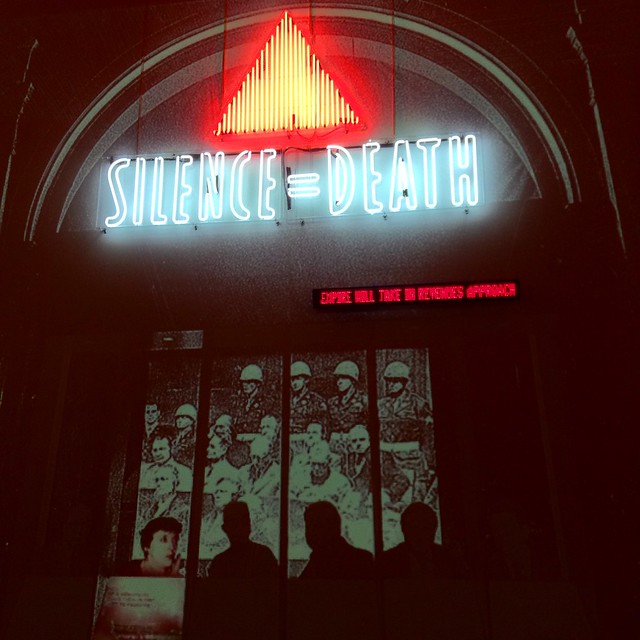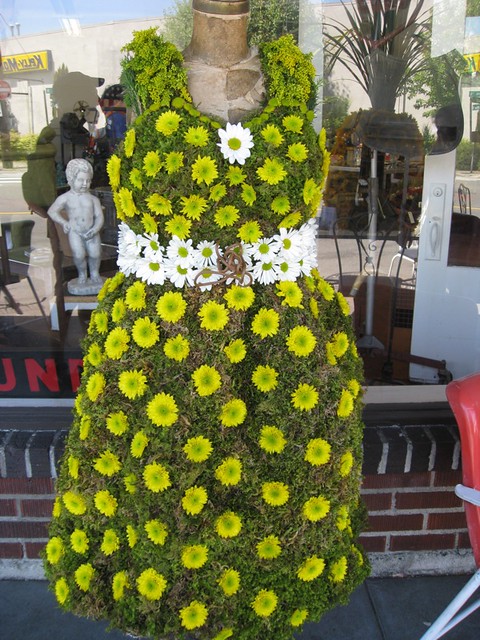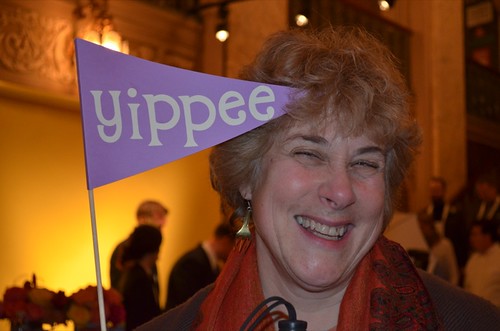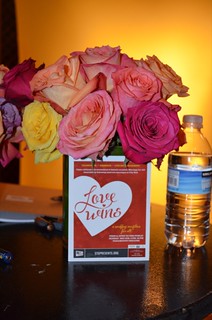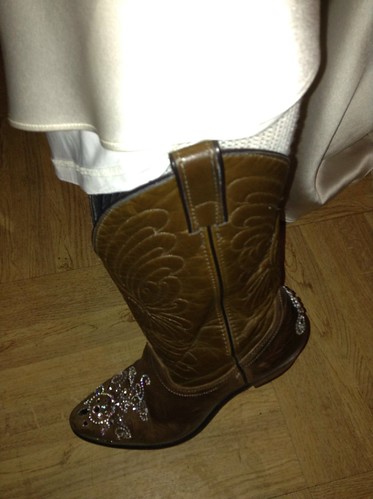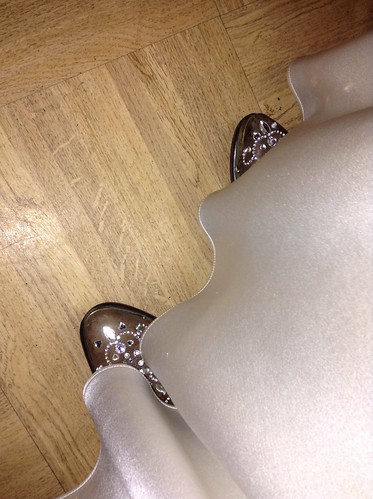I have been wanting to write about the interest in coming out stories for awhile, and what better time than Pride month? As a queer person, it can be exhausting to be asked to recount my coming out story. There are a lot of reasons why someone might not want to share their story. I have enumerated a few:
- you might be asking someone to revisit trauma. For many people, especially older people, being queer was rarely met with acceptance and more often with violence
- coming out is not a singular event or moment
- for some people, coming out is a non-event
- some people don’t feel the need to come out, especially younger generations
- THERE IS LIFE BEYOND COMING OUT and also for some of us, we are always coming out
Focusing on the coming out experience means ignoring the entire rest of the LGBTQIA experience. It might be like asking someone about their flight, instead of their trip to a destination. Yes, they had to travel to get there, but it ignores the vast part of their experience. Other questions one might ask:. Who did they meet? What did they do there? What delighted them? What did they eat? Did they dance? How was the music? Etc etc.
Asking about coming out can be very othering. It is essentially asking “when did you recognize you were not like the norm.”
For a lot of queer people, coming out is not something we talk about with one another. Again, instead of putting the onus on the individual experience, take a step back and try to think about what might make coming out so hard (for those who it is hard for). There are countries where it is literally illegal to be LGBTQIA, and being seen for who you are is punishable by death. Consider instead, what are you doing to make the world safer for people?
If and when someone does share something about their identity with you, it’s probably for a few reasons:
They want to include you in their life
They think you are safe (enough)
They are tired of hiding and pretending
Alternately, they are not “coming out”, they are simply sharing their life
If someone decides to share something about themselves with you, while it might be surprising or new information to you, it is not new for the person sharing it. It does not mean the person is untrustworthy, it means they decided to finally trust YOU.
It is worth considering how much pressure people who are coming out feel to conform to idealized and highly publicized stories. What if their story doesn’t match any stories that you are familiar with? Does that make them less valid in your eyes?
One case for interest in coming out stories is around looking for models or pathways for people who are themselves trying to navigate their own
If you are questioning your identities, I hope you are able to take as much time as you need. I hope you are able to come out on your own terms, in your own time. Consider the Epistemology of the Closet by Eve Kosofsky Sedgwick. My primary takeaway from that book is the critique of the binary division of the world – who is in and out; consider trading that for Jacob Tobia’s snail moving through the garden, protected by its shell. You can be in the world, with your armor, moving at your own speed, until the world is safer for you.
What I am trying to say is that the framing is outdated. Instead of trying to cram people into discrete boxes, there are thresholds and doorways which we might cross. The world is infinite, and we each have our own experiences of it. I am inviting everyone, including myself, to let go of binary thinking. Instead of closets, there are portals into new worlds, new experiences, and ever expanding ways of identifying.
*a note on language. I prefer to use the term “queer” as an umbrella term to encompass everyone within the LGBTQIA+ world, and I will be using it throughout. It is not my intention to erase any identity.
**additionally I would like to thank my friends Kate, Carly, Meg, and Austin for taking the time to read and give me feedback

